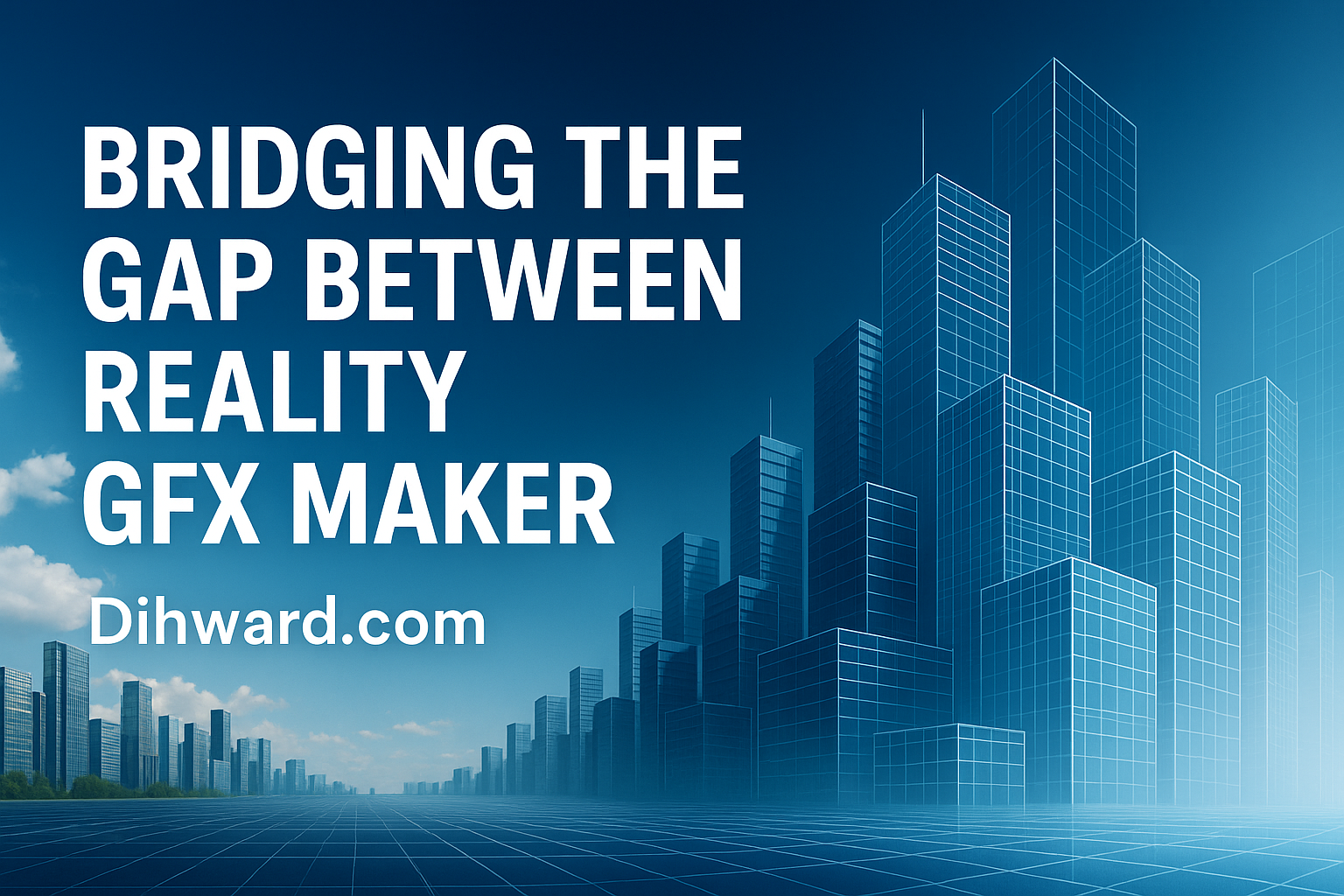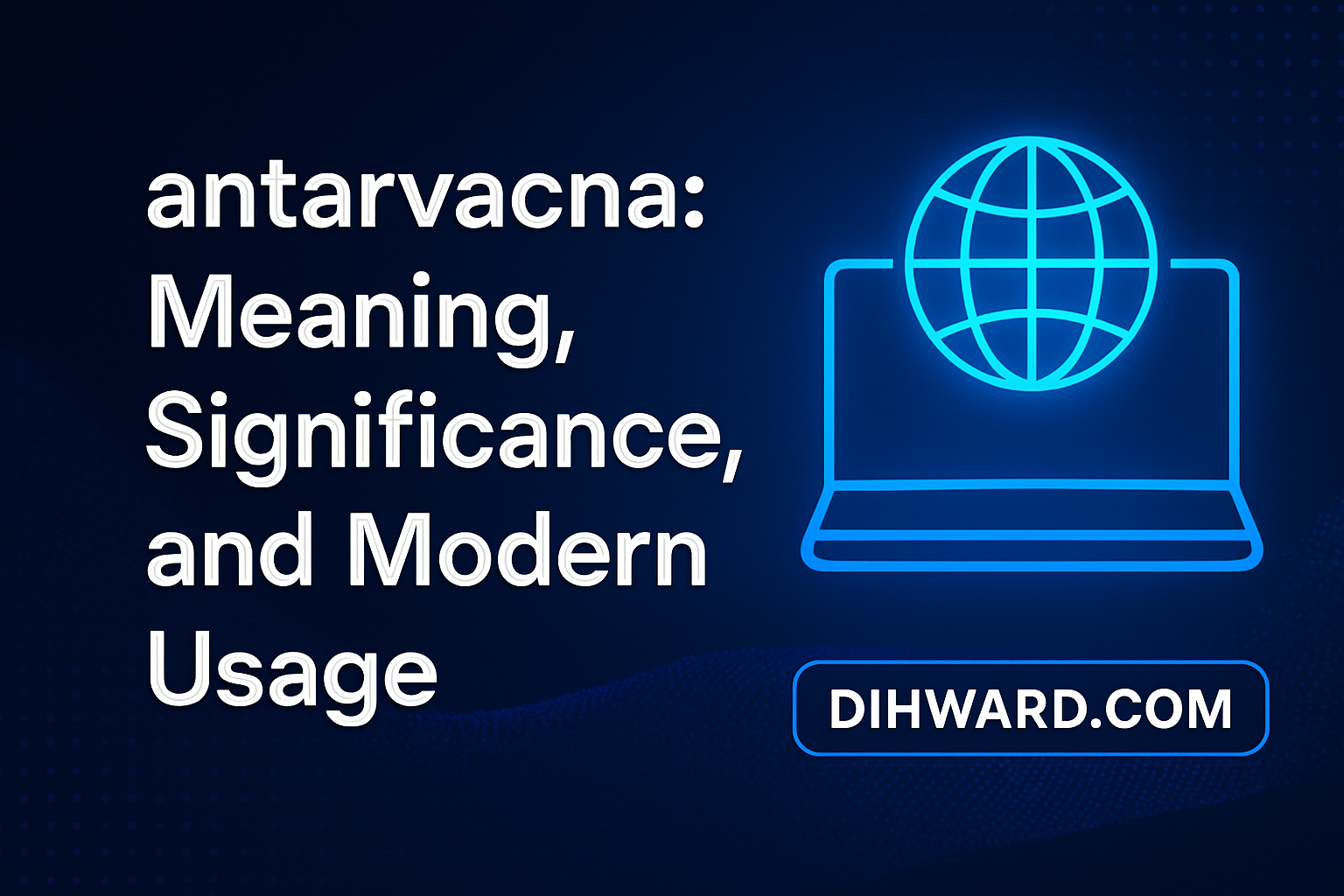In the rapidly advancing world of design, technology continues to blur the line between the real and the virtual. When people search for “bridging the gap between reality gfx maker,” they are often seeking tools and platforms that transform imagination into visuals with lifelike precision. This concept is revolutionizing industries from entertainment to education, offering creators the ability to produce graphics that look almost indistinguishable from reality.
What Does “Bridging the Gap Between Reality GFX Maker” Mean?
The phrase bridging the gap between reality gfx maker describes software or platforms designed to create hyper-realistic graphics. These tools allow designers, filmmakers, marketers, and game developers to simulate the real world or blend it seamlessly with imaginative elements.
In practical terms, such a GFX maker uses advanced rendering engines, photorealistic textures, and precise lighting techniques. As a result, creators can design visuals that capture every detail—from the reflection in a drop of water to the fine texture of fabric.
Core Features of a Reality-Bridging GFX Maker
Photorealistic Rendering
At the heart of bridging the gap between reality gfx maker is its rendering capability. High-resolution rendering ensures that the final output mirrors real-world visuals. This accuracy makes it ideal for architectural designs, product mock-ups, and cinematic effects.
Real-World Physics Simulation
To enhance realism, these tools often simulate how light, shadows, and physical forces behave in real environments. For example, if a ball rolls on a surface in the graphic, it will move exactly as it would in reality.
Extensive Asset Libraries
A powerful GFX maker includes vast libraries of textures, models, and backgrounds. This allows creators to build scenes without starting from scratch, accelerating the design process while maintaining quality.
Intuitive User Interface
Ease of use is crucial. Therefore, the best tools in this category feature drag-and-drop functionality, customizable settings, and real-time previews. This combination streamlines workflows for both beginners and experts.
Cross-Platform Compatibility
Since designers often work on multiple devices, a bridging-the-gap GFX maker supports various formats and integrates with other creative software. This ensures flexibility and collaboration across teams.
Applications Across Industries
Film and Television
Special effects teams use reality-bridging GFX makers to create scenes that would be expensive—or impossible—to shoot in real life.
Gaming
Game developers rely on photorealistic graphics to immerse players in believable virtual worlds.
Marketing and Advertising
Brands use lifelike visuals to showcase products in detail, often before the physical item even exists.
Architecture and Real Estate
Architectural firms use these tools to create realistic renderings of buildings, allowing clients to “walk through” a space before construction begins.
Education and Training
From medical simulations to engineering models, realistic graphics help learners understand complex concepts in a visual, interactive format.
Why Bridging the Gap Matters
Bridging the gap between reality and digital graphics is more than a technical challenge—it’s a creative milestone. Realistic visuals make content more engaging, believable, and impactful. Consequently, industries that adopt these tools can communicate more effectively and inspire greater confidence in their audiences.
Tips for Choosing the Right GFX Maker
- Evaluate Rendering Quality – Look for examples of final outputs to judge realism.
- Check Learning Resources – Tutorials and community support make the learning curve smoother.
- Test Performance – Ensure the software runs smoothly on your device, especially for large projects.
- Look for Integration – Compatibility with your existing tools will save time and effort.
Challenges in Achieving True Realism
While technology has advanced dramatically, challenges remain. Realism depends not only on software but also on the skill of the designer. Additionally, high-quality rendering often requires powerful hardware, which can be costly. Nevertheless, advancements in cloud-based processing are making these tools more accessible.
Frequently Asked Questions (FAQs)
Q1: What is a reality GFX maker?
It’s software that produces hyper-realistic graphics, simulating real-world textures, lighting, and physics.
Q2: Can beginners use such tools effectively?
Yes. Many reality GFX makers offer beginner-friendly interfaces and tutorials, allowing anyone to start creating.
Q3: Do these tools require powerful computers?
High-end rendering can be resource-intensive, but cloud-based options are reducing the need for expensive hardware.
Q4: Is it possible to use these tools for virtual reality projects?
Absolutely. Realistic GFX makers are often used to create immersive VR environments.
Q5: Are these tools expensive?
Prices vary. Some offer free versions with limited features, while professional editions can be more costly.
Final Thoughts
In conclusion, bridging the gap between reality gfx maker represents a breakthrough in how we create and experience digital content. By combining photorealistic rendering, physics simulation, and intuitive design, these tools bring the virtual world closer to the real one than ever before.
Moreover, their applications span industries, from entertainment to education, proving their versatility and value. As technology continues to evolve, the gap between reality and digital creation will shrink even further—unlocking new possibilities for creators everywhere.















Leave a Reply